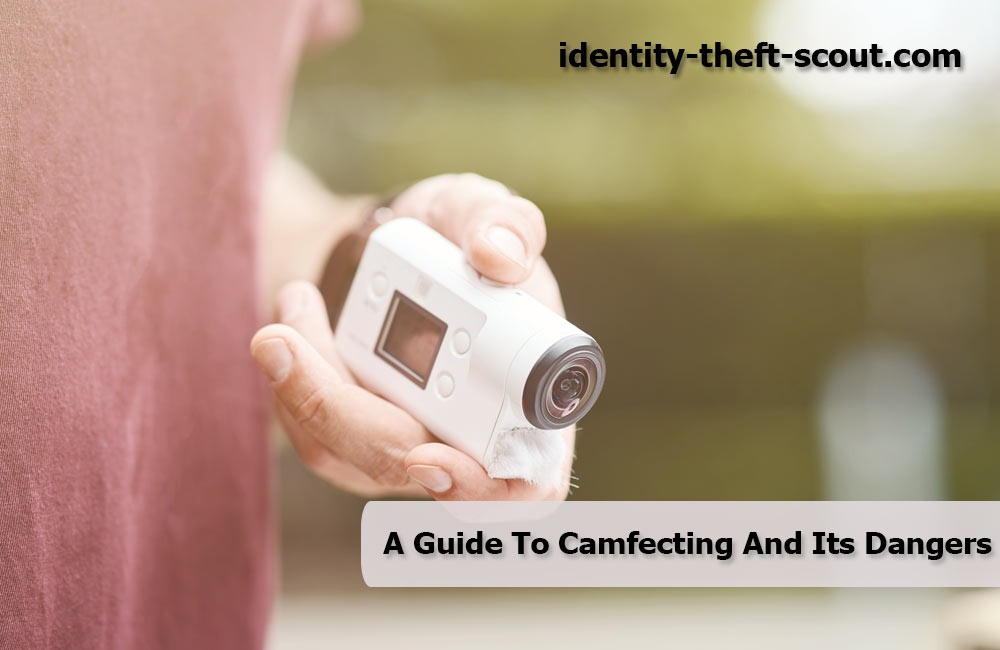Camfecting is a type of computer security threat that involves the use of webcams to spy on people. Camfecting can be done by remote access trojans, which are malicious programs that allow an attacker to gain control of a victim’s webcam without their knowledge.
Once the attacker has access to the webcam, they can watch and record the victim’s activities. Camfecting can also be done by physically tampering with a person’s webcam, such as attaching a device that records video or audio.
In some cases, camfecting has been used to blackmail victims by threatening to release embarrassing videos or images unless the victim pays a ransom. Camfecting is a serious threat to privacy, and it is important to take steps to protect yourself and your family.
Why Hackers Target Victims With Camfecting
Hackers target victims with camfecting for a variety of reasons. Computer webcams provide hackers with a unique vantage point to spy on their victims. By gaining access to a victim’s webcam, hackers can gain valuable information about their personal lives and habits.
Additionally, webcam footage can be used to blackmail or extort victims. Cybersecurity experts believe that camfecting will become an increasingly popular attack vector as more devices are equipped with webcams. Trojans and ransomware are commonly used to infect devices with camfecting malware.
Once installed, the malware will give the hacker remote access to the victim’s webcam. In some cases, camfecting malware will also disable the victim’s ability to disable or block the webcam.
What Devices Can Be Subjected To Camfecting?
Camfecting is the act of compromising a device with a webcam to spy on the user. This can be done by installing malware that gives the attacker remote access to the webcam, or by physically tampering with the device to bypass any security measures.
Computer webcams are the most common type of device that is camfected, but any device with a built-in camera can be victimized in this way. Camfecting is a serious cybersecurity threat, as it can be used to steal sensitive information or extort money from victims.
The best way to protect against camfecting is to disable the camera when it is not in use, and to install reliable antivirus software that can detect and remove Trojans and other malicious software.
Ten Action Steps To Take To Help Prevent Camfecting
- Make sure that your devices have strong passwords and that you keep them updated.
- Install a top reviewed cybersecurity software suite.
- Use a password manager and their randomly generated passwords which are always strong.
- Switch off your camera when not in use.
- Turn on your computer’s security system on.
- Use a Wi-Fi password for your network.
- Use high WPA security on your router.
- Do not chat with strangers online.
- Use a Virtual Private Network preferably provided by the cybersecurity software suite.
- For parents, be aware of what apps your child is using and what permissions they require. If an app asks for permission to use your webcam, do not install it.
What To Do If You Believe That Your Child Has Been A Victim Of Camfecting Or Cyberbullying
If you suspect that your child or grandchild is being the victim of camfecting, or cyberbullying it requires action. This is because it is often in the news that there have been parents who were either unaware of the situation or were aware, did nothing and it resulted in the suicide of a young victim. These steps will help you make the right decision as to what you should do:
- Take the Ten Action Steps To Take To Help Prevent Camfecting that are listed above.
- Educate your child about the dangers of camfecting and cyberbullying.
- Encourage them to tell you if they are being bullied or know someone who is being bullied.
- Create a safe environment for your child to talk to you about anything that is going on in their life. Camfecting and cyberbullying can be very frightening and isolating experiences, so it is important that your child knows that they can come to you with anything.
- Talk to your child’s schoolteacher if you even suspect that the camfecting or cyberbullying is school based.
- Follow the schoolteacher’s advice in dealing with the situation if it is school based.
Here are some important links for more information and help:
Founded in 2010, The Cybersmile Foundation is a leading non-profit organization that works to promote positive online behaviour and prevent cyberbullying. One of the ways they do this is by offering support and resources to those who have been affected by cyberbullying. They also work to educate the public about the importance of cybersecurity and responsible online behaviour.
In addition, The Cybersmile Foundation helps law enforcement in investigating cybercrimes such as identity theft, child pornography, and online harassment. By working to create a safer and more positive online environment, The Cybersmile Foundation is making the internet a better place for everyone.
















